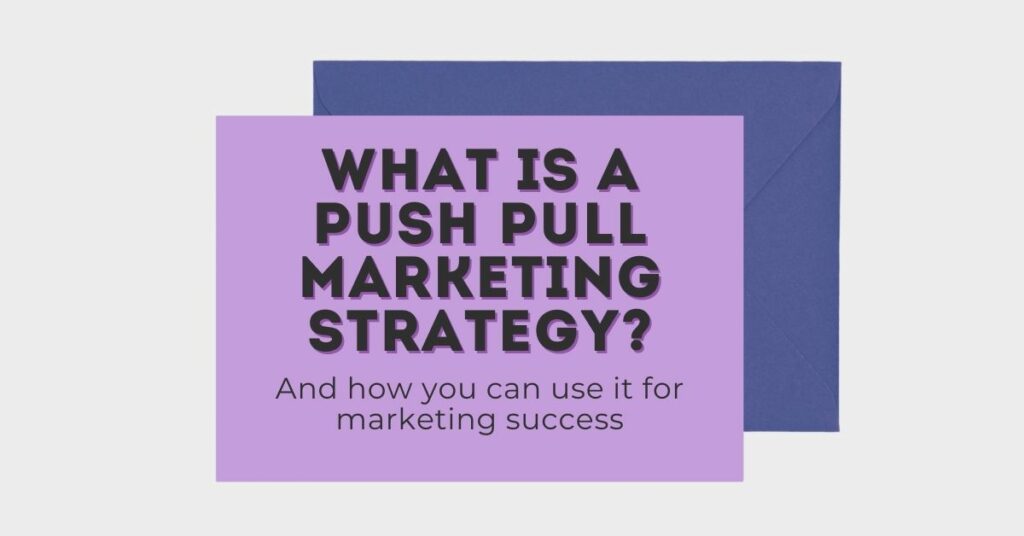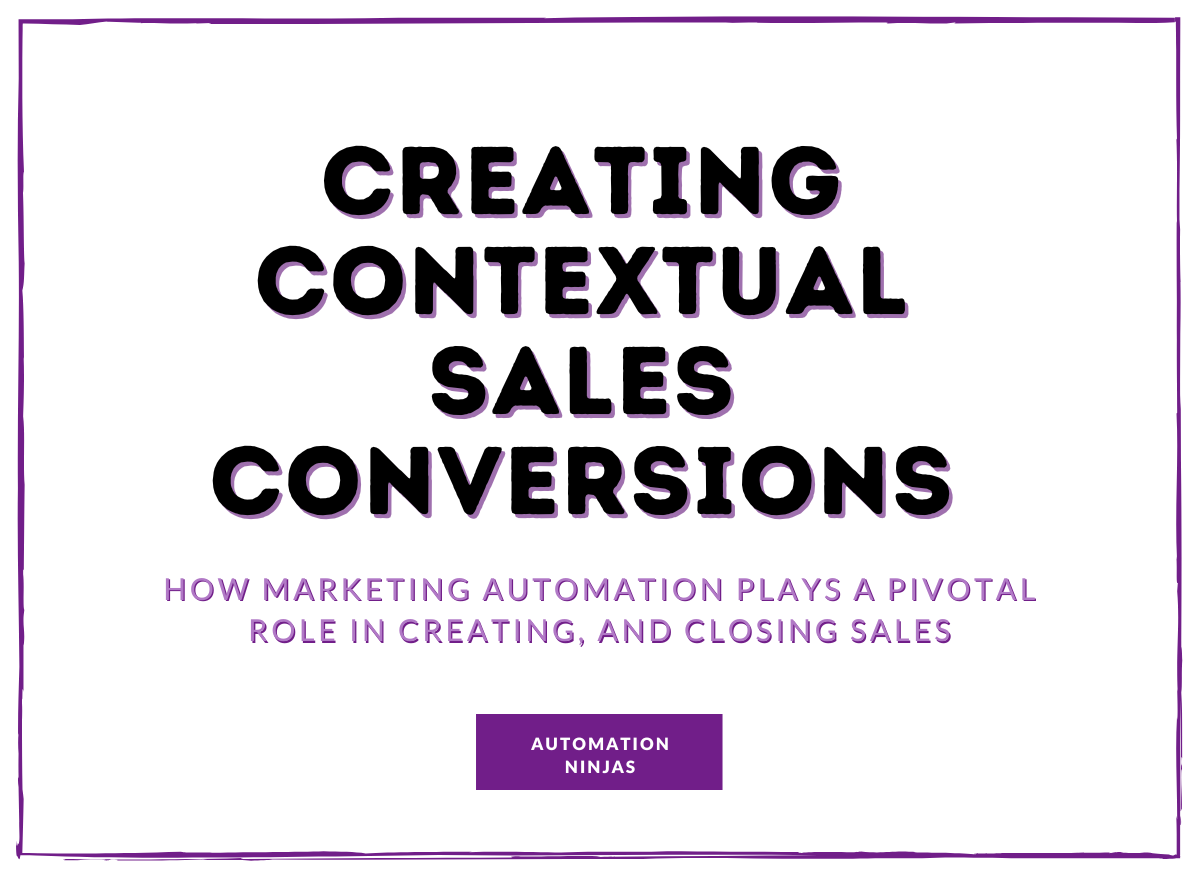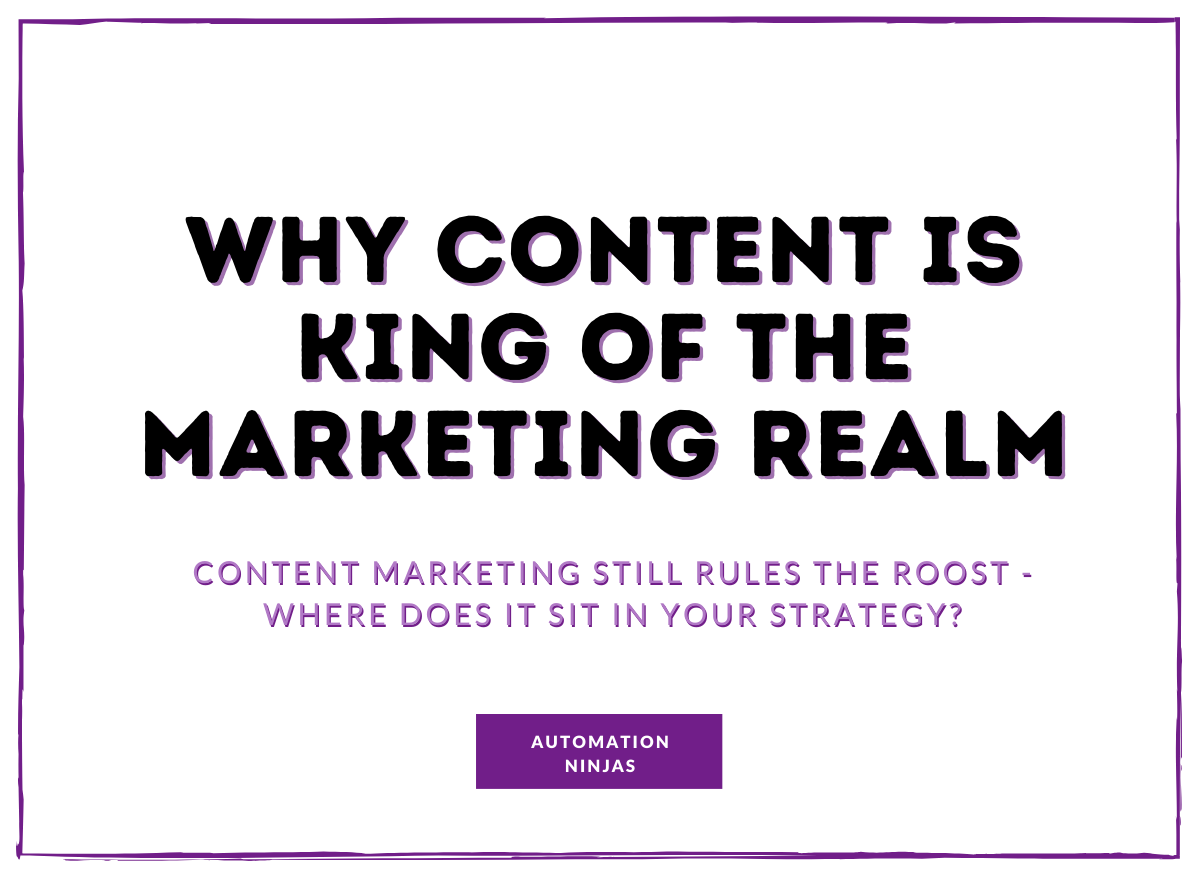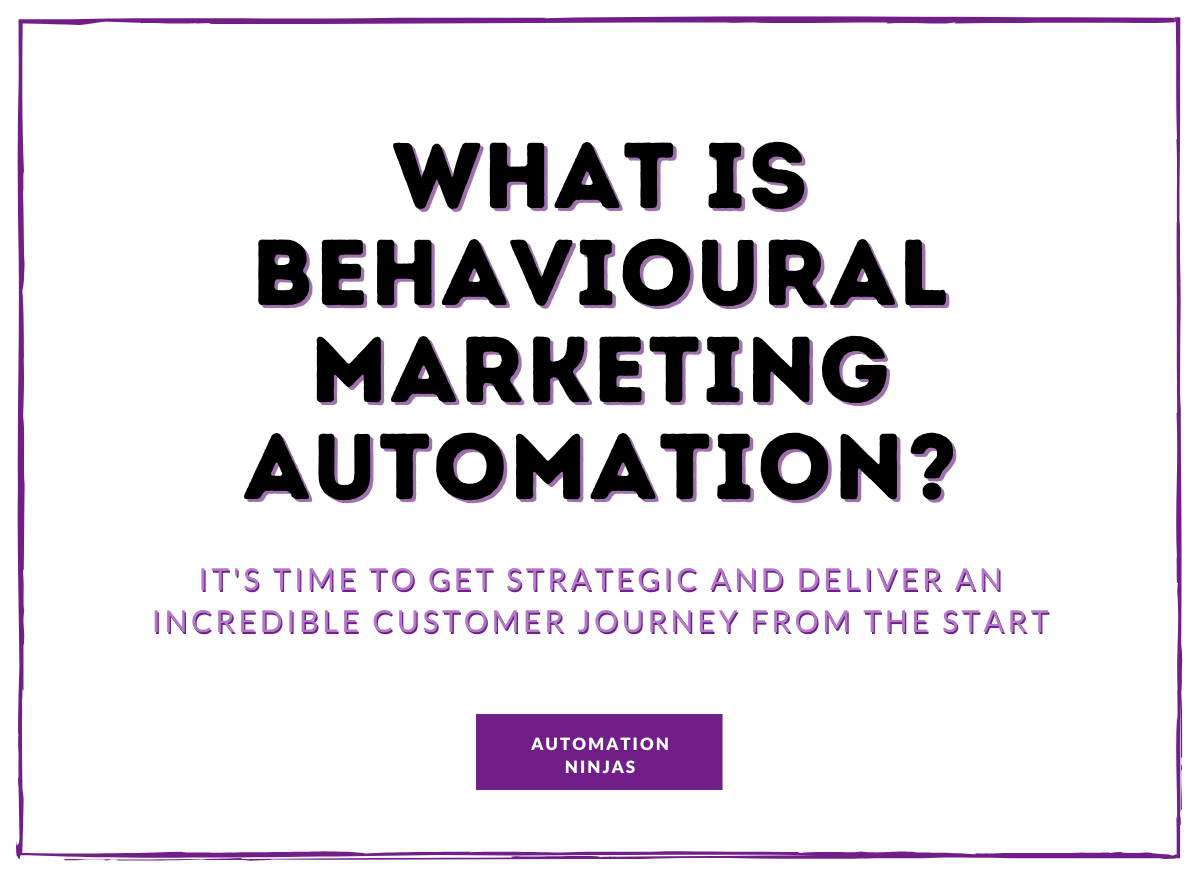In the vast and ever-evolving landscape of marketing strategies, businesses are constantly searching for the most effective methods to engage and captivate their target audiences. Among the many techniques, two distinct approaches have emerged as powerhouses in the marketing realm: push and pull marketing.
In this blog post, we're going to delve into what push and pull marketing really is. We’re going to easily define a push pull marketing strategy while giving you examples of how this strategy can play out in real-time and how you can begin to employ this strategy in your marketing efforts if you haven’t already.
Whether you’re an entrepreneur, marketer, or just trying to get a little more marketing know-how under your belt, this article will equip you with the knowledge to navigate the push-pull dynamic and leverage it to your advantage.
Strapped in?
Let’s go!
What is a push pull marketing strategy?
Push and pull marketing represent two contrasting yet complementary approaches that can help businesses reach and influence potential customers.
While push marketing involves proactive and persuasive tactics to push products or services toward consumers, pull marketing focuses on attracting customers through compelling content and establishing a strong brand presence.
The battle between push and pull marketing is not about determining which strategy is superior but rather finding the perfect balance between the two. (You might find that some businesses have their preferences. But we’ll get into that later!)
By understanding each approach's unique strengths and applications, businesses can create comprehensive marketing campaigns that effectively engage customers throughout their buying journey.
What is push marketing?
Push marketing refers to a strategy that focuses on "pushing" products to a particular audience.
The aim of the game with push marketing is to show your target audience what you have to offer by putting the offer right in front of them. This is why push marketing is also known as direct marketing.
For you to be able to utilise this strategy effectively, you need to get clear about the distinction between push and pull.
Let’s imagine for a moment that you are the proud owner of a clothing store. You already have some steady business, with certain faces that regularly come in to buy the pieces you have for sale.
You’ve been feeling extra creative recently and you’ve designed a new collection and put it on the shelves. The issue here is that at this point, your target audience doesn’t even know about this new collection. So, you send out an email to your list, pop some ads online and put some signs up about the collection in-store.
In this instance, you have pushed your new products to your customers. Like the stork in Dumbo, you’ve effectively placed this little package right on their laps.

What is pull marketing?
Pull marketing, also known as inbound marketing, focuses on attracting and engaging potential customers by creating valuable content and experiences that draw them towards a brand or product.
Pull marketing is essential for high-saturation marketplaces like new apps or clothing companies. In the age of consumers who educate themselves about goods and services, pull marketing demonstrates how distinctive your brand is.
Let’s explore another real-life example for clarity and distinction between push and pull.
In this example, you’re going to be a business owner again. But this time, of a slightly different business - thinking caps on!
This time, I want you to imagine that you’ve just designed your own project management system and want your system to be the one that other businesses choose.

You would need pull marketing in this instance as there are project management systems everywhere. So, how do you make yourself stand out from the crowd?
To pull your target audience towards you, you could create content to post on your website and other social media channels while running specific campaigns to set yourself apart from the competition.
Let’s say you wanted an extra bit of pull; you could hone in on SEO for your online content to ensure that your advertisements and content will be cropping up for the right audience.
You could even give some people a free trial of the system so that they can use it, love it and spread the word to other people who may be interested.
So, should you push or pull within your marketing?
The beauty of this marketing strategy is that they complement each other. Depending on where your prospect is on their customer journey, you will need to interchange between push and pull where necessary.
Once you’ve implemented both push and pull strategies, you’ll understand what works best for you and your consumers by looking at your data. Here at the Automation Ninjas, we tend to make more use of pull strategies within our marketing efforts.
While push marketing has benefits, if one of your aims is to create relationships built on trust with your consumers while increasing CLV and ROI, pull strategies may be your best friend.
Edelman ran a survey in which they found that 74% of consumers choose brands based on their shared personal values and Demand Metric found that 78% of consumers believe that companies that provide them with custom content are interested in building good relationships with them.
Pull marketing encourages you to nurture your relationships with your consumers at each point of the customer journey. We know that this works for us because we’ve seen it time and time again! So, it’s no surprise that a study by Marketo revealed that nurtured leads make 47% larger purchases than their non-nurtured counterparts.
Ultimately, how you choose to use different push or pull strategies will depend on your business goals. But until you’ve figured out what works for you and your customers, a good rule of thumb is that a healthy mix of both will serve you the best.
Let’s quickly run through a few different examples of both push and pull strategies that you could use in your marketing efforts moving forward.
Push strategies
1. Email Marketing
Companies collect email addresses from customers and prospects and use them to send promotional messages, newsletters, or special offers directly to their inbox.
These emails often contain sales pitches, product announcements, or personalised recommendations. (Progressive profiling can help you out here! Take a read of this Ninja blog that will give you the low down on progressive profiling and how it can help you)
The aim is to entice recipients to take action, such as making a purchase or visiting the company’s website.
2. Advertisements
Commercials you hear on the radio or TV, as well as ads in magazines, newspapers and online are another form of push marketing. They are paid advertisements designed to promote goods or services that will be well received by their target audience. This is why you see more ads aimed at older people in news outlets and papers because they make up most of their consumer base.
3. Direct Sales
Push is in the name, so it’s no surprise that you see direct sales here. However, if you choose to use direct sales as one of your marketing strategies, it’s important to note that it is usually best used at the point of sale.
Whether you’re in the supermarket or shopping online for some new clothes, businesses will often give you a direct offer when buying something else from them. Maybe the biscuits at the till point are half price or, when you’re snapping up your new pair of trousers, they make you aware that you can buy a jumper that matches for less than half the usual retail price.
Pull marketing strategies
1. SEO (Search Engine Optimisation)
If you're ready to be in it for the long haul, SEO will be your best friend when it comes to your pull strategies. By optimising your website's content, structure, and technical aspects, you can increase your chances of appearing higher in search engine rankings when users search for relevant keywords.
This helps attract organic traffic from search engines, as users actively searching for specific information or products are more likely to be interested in what the company has to offer.
2. Social Media Marketing
In the digital world we find ourselves, the easiest way to create a community is by utilising the power of social media.
You can create and share engaging content on platforms like Facebook, Instagram, Twitter, LinkedIn, and YouTube to build a following and engage with your target audience.
By regularly posting informative and entertaining content, interacting with your newfound community and running targeted campaigns, you can attract potential customers who are interested in your products or services.
3. Content Marketing
Content marketing involves creating and sharing valuable and relevant content to attract and engage a target audience.
Companies often use blog posts, articles, videos, infographics, e-books, and other forms of content to provide useful information and address their audience's needs. By offering valuable content, companies can establish themselves as industry experts and attract potential customers who are actively seeking information and solutions.
Another benefit of content marketing is that it allows you to build trust with your consumers. If they have consistently soaked up your knowledgeable content, they will be more likely to trust you with their hard-earned money when the time comes to close the sale.
If you want some more detailed examples like the examples above, The Strategy Story has a great blog here where you can find them.
Is it time to push or pull? How about both?
While there are many marketing strategies that you can choose to employ to reach your goals, working from a push and pull perspective allows you to reach all of your consumers and potential prospects.
In this blog, we’ve defined exactly what a push and pull marketing strategy is, how they work in real time and you’ve got six examples of those strategies that you can use immediately to hit the ground running.
Join our list to stay in the loop with the latest news and exclusive content. Or, if you have something specific in mind, reach out to us directly. We're all ears and ready to chat!

Sign up to the Brainbox to stay in the loop with the latest marketing news and exclusive content
Or, if you have something specific in mind, reach out to us directly. We're all ears and ready to chat! Contact us here.





